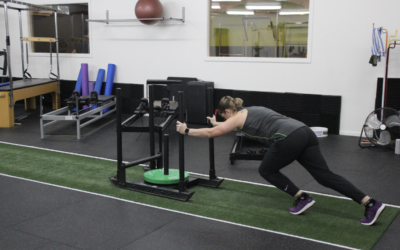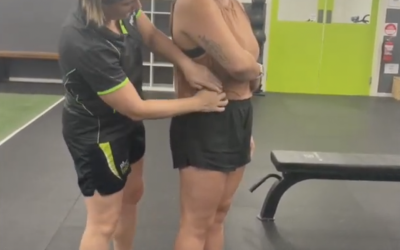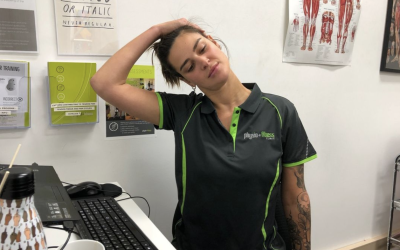The BEST exercise to improve your running
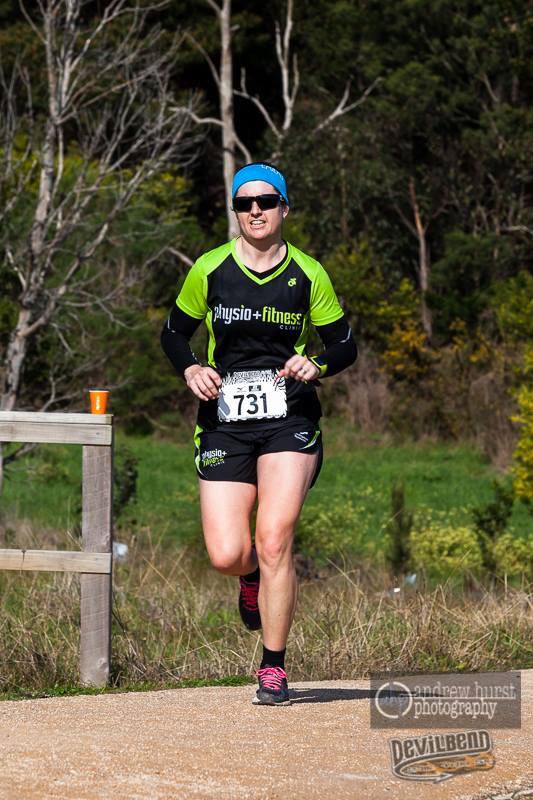
How to perform a Box Jump
And how can this help your running?
Running can be explained as simply one hop after another, where the calf and the Achilles activate together to create a spring, making us to move forward in a running motion.
Therefore, it makes sense that retraining jumping and hopping can actually assist with recovery from a running injury.
So, to help you all out in the quest to improve your running, I have included the best exercise that you can incorporate into your rehab and training to improve your jumping.
A box jump is a great step towards building your Achilles and calf strength following injury. However, if you are coming back after an Achilles injury, I suggest that you do not OVERDO this exercise, particularly if you are still having flare up periods. Try starting on a small box and build to a higher box as your form and strength gradually improves.
The focus of this exercise is to maintain technique in both the jump and the landing.
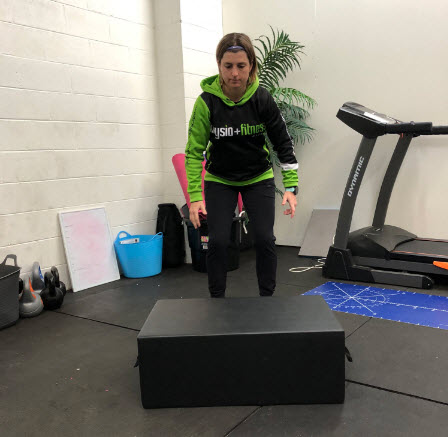
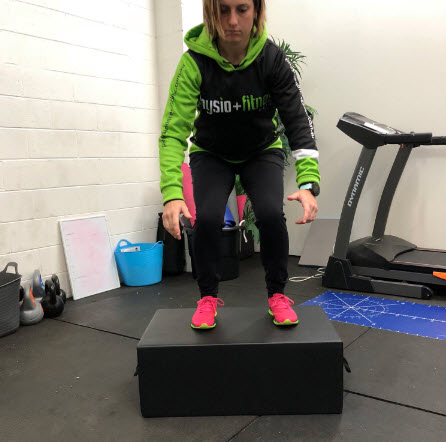
When you are moving from the ground to the box, focus on driving through your toes and Achilles. As you are starting on a low box, the distance should not be a stretch, but ensure you are evenly weight bearing and slightly lifting onto your toes prior to the jump. Your hips should be bent with your knees only mildly tracking forwards. This will mean you back is at about 45 degrees to the surface prior to take off.
As you land on the box you are focusing on a mid foot land, softly.
The jump from the box to the ground requires less effort, but the landing will have higher force. So, make sure you focus on landing as best you can on your mid-foot.Your hips should be bent so that your bum pokes backward and your knees should be tracking over your toes.
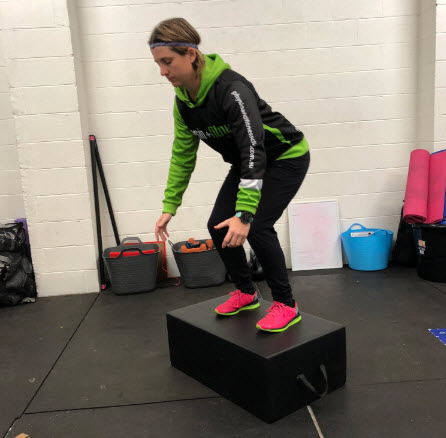
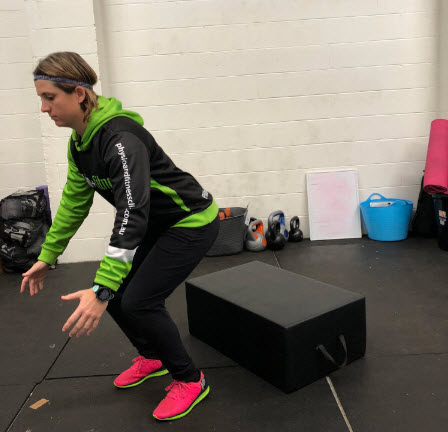
As you are doing this exercise, tell yourself to have “soft feet”. This is a great mantra for this movement.
Happy jumping! And let’s hope you’ll be back to running at your best again, soon!
– Morgan Deegan
Chronic disability secondary to Achilles tendon ruptures
Chronic disability secondary to Achilles tendon ruptures: Mr B is a 40-year-old gentlemen who presented to Physio and Fitness Clinic following a complex history of right sided Achilles related injuries. This included an initial rupture, which was managed surgically,...
Why is Lower Back Pain Associated with Your Hip Flexors?
Lower back pain and hip flexors - how are they related? Sometimes physios will treat the hip flexors when clients present with lower back pain. This is because the hip flexor muscles attach to the front of the lumbar spine and also to the femur bone. These muscles can...
Simple Neck Exercise you Should be Doing Daily
Sore neck, but have no time to go to the gym or see a physio? We have the perfect exercise that can be done from your desk. How is your neck feeling today? Take a minute out of your day and give your neck some much needed relief through stretching. You can even do...

